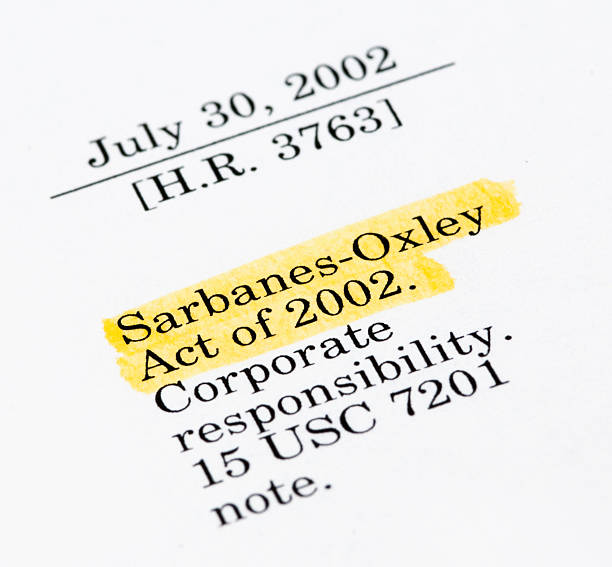Understanding Coverage Limits for High-Value Asset Policies
High-value asset policies require careful assessment of coverage limits to align protection with the actual exposure of valuable holdings. This article outlines key considerations—valuation methods, underwriting practices, typical exclusions, and emerging risks such as cybersecurity and crossborder exposures—to help readers understand how limits are set and what affects them over time.

High-value assets present unique insurance challenges because their replacement costs, legal exposures, and operational risks can change rapidly. Policy limits establish the maximum insurer payout for covered losses and are shaped by valuation approaches, underwriting criteria, contractual exclusions, and regulatory requirements. Understanding how limits are determined helps owners and risk managers balance coverage adequacy with premiums and deductibles while anticipating claims scenarios.
How does valuation affect coverage and assets?
Valuation is the cornerstone of any high-value asset policy because coverage limits are typically tied to declared values or agreed-insurable amounts. Valuation methods can include replacement cost, actual cash value, market value, or specialized appraisals for art, real estate, or collectibles. Accurate, documented valuations reduce disputes at claim time and support compliance with policy conditions. Regular revaluations are advisable for assets subject to market fluctuation, since outdated values may lead to underinsurance and proportional claim settlements.
How do underwriting and premiums interact with limits?
Underwriting assesses the asset, the owner’s risk controls, and exposure to determine acceptable limits and appropriate premiums. Higher limits generally result in higher premiums, but underwriters may offer tiered pricing based on loss history, risk mitigation measures, and the concentration of assets. Deductibles and policy endorsements also shape net cost: larger deductibles lower premiums but increase out-of-pocket risk for smaller losses. Underwriting may require additional documentation, third-party valuations, or specialized inspections to justify high limits.
What exclusions, liability, and deductibles should be considered?
Exclusions define what is not covered and often include wear-and-tear, intentional acts, certain natural perils, or specific operational risks. Liability exposures linked to high-value assets—such as visitor injuries at a private collection or environmental liabilities tied to property—may be limited or excluded unless a liability endorsement is purchased. Deductibles affect how much the insured must absorb before the limit applies. Understanding exclusions and deductible structures is critical to avoid surprises during claims processing.
How do claims, compliance, and reinsurance affect outcomes?
Claims handling processes and policy wording determine whether a loss is paid up to the stated limit. Insurers rely on accurate claims documentation and may apply coinsurance clauses if coverage is inadequate. Compliance with regulatory and contractual obligations can affect both coverage enforcement and the ability to transfer risk. Reinsurance arrangements influence an insurer’s capacity to offer very high limits; when reinsurers impose conditions, primary policies may include restrictions or require higher premiums to reflect the reinsurers’ risk appetite.
How do cybersecurity, crossborder risks, and regulation change exposure?
Non-physical risks such as cybersecurity incidents can trigger substantial financial losses for jurisdictions where assets are digitized or linked to operational systems; some policies include cyber extensions or require separate cyber coverage. Crossborder holdings introduce regulatory and tax complexities, currency risk, and differences in local liability laws that can limit enforceability or increase claim costs. Regulation—local and international—may require specific coverages or disclosures and can affect policy wording, admissibility of documentation, and the need for local services or representatives.
Practical underwriting tips and documentation essentials
Underwriting for high-value policies favors transparent records: current appraisals, maintenance logs, security and loss-prevention measures, and clear ownership documentation. Insurers will review these materials to set both limits and premium tiers. Where collectibles, artwork, or specialized equipment are concerned, consider scheduled endorsements that list items and agreed values to avoid valuation disputes. Periodic reviews align limits with market movements and business changes, helping to maintain adequate coverage without unnecessary overinsurance.
Conclusion
Coverage limits for high-value asset policies arise from a mix of valuation techniques, underwriting judgement, exclusions, and external pressures such as regulation and reinsurance capacity. Policyholders benefit from regular reappraisals, clear documentation, and an understanding of how premiums, deductibles, and claim procedures interact with stated limits. Considering non-physical exposures like cybersecurity and crossborder legal issues is increasingly important when setting and managing adequate insurance protection.





